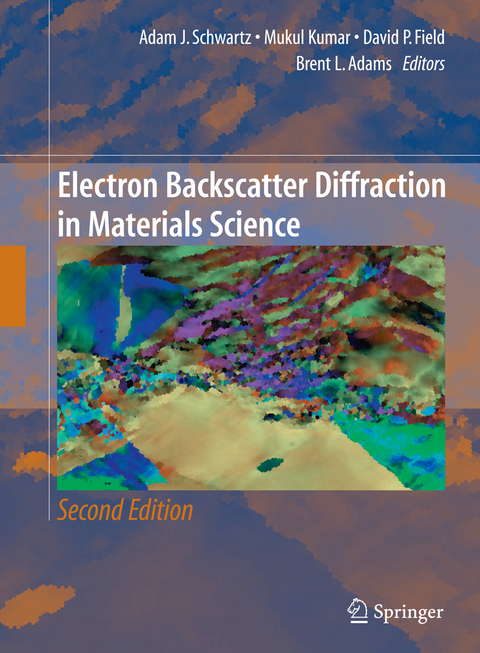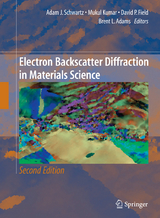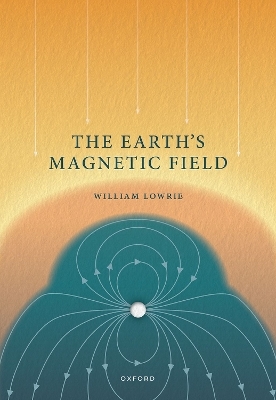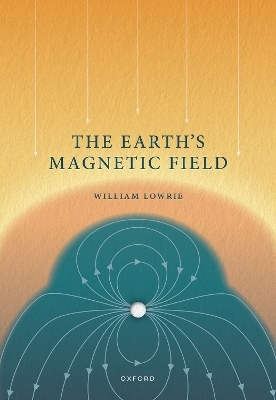Electron Backscatter Diffraction in Materials Science
Springer-Verlag New York Inc.
978-0-387-88135-5 (ISBN)
Electron backscatter diffraction is a very powerful and relatively new materials characterization technique aimed at the determination of crystallographic texture, grain boundary character distributions, lattice strain, phase identification, and much more. The purpose of this book is to provide the fundamental basis for electron backscatter diffraction in materials science, the current state of both hardware and software, and illustrative examples of the applications of electron backscatter diffraction to a wide-range of materials including undeformed and deformed metals and alloys, ceramics, and superconductors.
The text has been substantially revised from the first edition, and the authors have kept the format as close as possible to the first edition text. The new developments covered in this book include a more comphrensive coverage of the fundamentals not covered in the first edition or other books in the field, the advances in hardware and software since the first edition was published, and current examples of application of electron backscatter diffraction to solve challenging problems in materials science and condensed-matter physics.
Adam J. Schwartz is the Deputy Division Leader for Condensed Matter and High Pressure Physics in the Physics and Advanced Technologies Directorate. Dr. Schwartz joined LLNL as a post-doctoral research associate to investigate the systematics of displacive phase transformations after receiving his PhD from the University of Pittsburgh in 1991. His areas of interests focus on structure-propoerty-processing relations, aging and phase transformations in actinides; influence of microstructure and impurities on high-strain rate deformation behavior, texture and texture gradients in materials, intercrystalline defects and the role of grain boundary character distribution in materials, conventional and high resolution transmission electron microscopy, and electron backscatter diffraction. Dr. Schwartz has authored over 50 publications and has one patent. Mukul Kumar joined as a staff scientist in the Materials Science and Technology Division in 1998 after completing a stint as a post-doctoral fellow at Johns Hopkins University. Prior to that, he received his PhD from the University of Cincinnati, where he was an Oak Ridge Institute for Science and Engineering Fellow and also received the ASM International Arthur Focke Award for his dissertation work. His areas of interest include the relationship between properties and microstructures, particularly as related to extreme environments encountered in turbine jet engine and nuclear reactor environments and high strain rate and pressure conditions; defect analysis using conventional transmission electron microscopy; and electron backscatter diffraction. Kumar has authored over 70 publications and has two patents.
Present State of Electron Backscatter Diffraction and Prospective Developments.- Dynamical Simulation of Electron Backscatter Diffraction Patterns.- Representations of Texture.- Energy Filtering in EBSD.- Spherical Kikuchi Maps and Other Rarities.- Application of Electron Backscatter Diffraction to Phase Identification.- Phase Identification Through Symmetry Determination in EBSD Patterns.- Three-Dimensional Orientation Microscopy by Serial Sectioning and EBSD-Based Orientation Mapping in a FIB-SEM.- Collection, Processing, and Analysis of Three-Dimensional EBSD Data Sets.- 3D Reconstruction of Digital Microstructures.- Direct 3D Simulation of Plastic Flow from EBSD Data.- First-Order Microstructure Sensitive Design Based on Volume Fractions and Elementary Bounds.- Second-Order Microstructure Sensitive Design Using 2-Point Spatial Correlations.- Combinatorial Materials Science and EBSD: A High Throughput Experimentation Tool.- Grain Boundary Networks.- Measurement of the Five-Parameter Grain Boundary Distribution from Planar Sections.- Strain Mapping Using Electron Backscatter Diffraction.- Mapping and Assessing Plastic Deformation Using EBSD.- Analysis of Deformation Structures in FCC Materials Using EBSD and TEM Techniques.- Application of EBSD Methods to Severe Plastic Deformation (SPD) and Related Processing Methods.- Applications of EBSD to Microstructural Control in Friction Stir Welding/Processing.- Characterization of Shear Localization and Shock Damage with EBSD.- Texture Separation for ?/? Titanium Alloys.- A Review of In Situ EBSD Studies.- Electron Backscatter Diffraction in Low Vacuum Conditions.- EBSD in the Earth Sciences: Applications, Common Practice, and Challenges.- Orientation Imaging Microscopy in Research on High Temperature Oxidation.
| Erscheint lt. Verlag | 12.8.2009 |
|---|---|
| Zusatzinfo | XXII, 403 p. |
| Verlagsort | New York, NY |
| Sprache | englisch |
| Maße | 193 x 260 mm |
| Themenwelt | Naturwissenschaften ► Geowissenschaften ► Geophysik |
| Naturwissenschaften ► Physik / Astronomie ► Festkörperphysik | |
| Naturwissenschaften ► Physik / Astronomie ► Thermodynamik | |
| Technik ► Maschinenbau | |
| ISBN-10 | 0-387-88135-2 / 0387881352 |
| ISBN-13 | 978-0-387-88135-5 / 9780387881355 |
| Zustand | Neuware |
| Haben Sie eine Frage zum Produkt? |
aus dem Bereich




